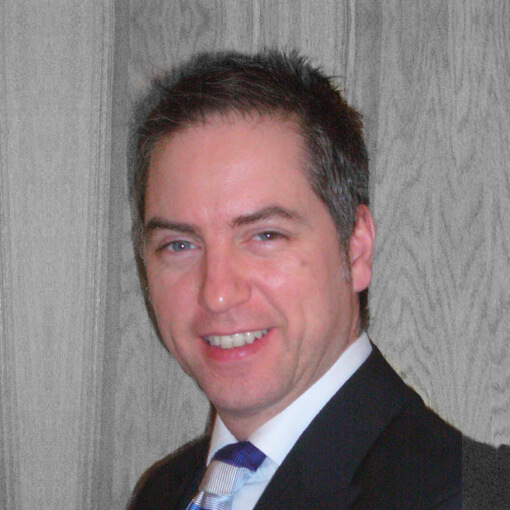
I undertook one of the first intercalated BSc degrees in cardiovascular and respiratory physiology in 1968. The concept and physiological advantages were well known to me. There can be advantages to age I remember as a medical student and young doctor in the 1960s and 70s seeing negative pressure ventilators still in use. Later that day I joined a small, truly eclectic, group of engineers and doctors that formed the initial team that we called ‘Exovent’. The conversation went along the lines that as I was now so old, I wouldn’t be able to do anything in the hospital and I would have little to do to do in lockdown! So, perhaps I might like to contact this crazy engineer to see if I could help. However, a person, or persons, unknown shared the idea on a Facebook post, and I was contacted by a young foundation doctor who had seen the post, Aleksandra Kotwica, who I have worked with previously in the Xtreme-Everest Medical Research team at Everest Base Camp and in Tanzania, Africa. He did not receive a reply and is still waiting! On 19 March, he wrote to the Cabinet Office asking for support with regard to his idea. He was also fortunate to receive the initial support of Dr Malcolm Coulthard, a semi-retired Consultant Paediatrician from Newcastle, whose love of physiology and innovation in medicine was, and still is, crucial. Negative pressure ventilators assist natural respiration by encouraging and amplifying the natural movements of the chest and respiratory muscles, rather than forcing air into the lungs by positive pressure.įortunately, Dave was totally unaware that a whole generation of anaesthetists, critical care and respiratory medicine doctors have grown up using only positive pressure devices and he, therefore, made this decision in a totally unbiased manner. A young civil engineer, Dave McKeown, who normally works on flood defences for the UK Environment Agency, decided to give this considerable thought but, instead of designing a positive pressure ventilation system, he decided that a modern lightweight version of the negative pressure ‘iron lung’ from the 1930-1950s could be manufactured much more rapidly and at a much lower cost, for both wealthy and poorer countries. When the pandemic started to become a massive concern, the government put out details of the UK Ventilator Challenge to combat the perceived potential shortage of ventilators in ICUs around the UK. I have been fortunate to work within a group of amazing engineers and medics since their formation in March 2020.


Let us hope that the challenge of COVID-19 proves to be an exception over the next few years. Unfortunately, it is also a sad reflection that these frequently take place in wealthy countries and not in the poorer countries of the world.

It is a fact that natural disasters, wars and global pandemics not unusually bring about great acts of kindness and notable improvements in medicine, engineering, and other aspects of life. Intensive care medicine and ENT have been at the forefront of these advances, and our good friends David Howard (never one to put his feet up in retirement!) and Vik Veer have been involved in a collaboration that may prove to be one of the most exciting developments in medicine for many years. The pandemic has driven innovation in ways that we have not seen for many decades.


 0 kommentar(er)
0 kommentar(er)
